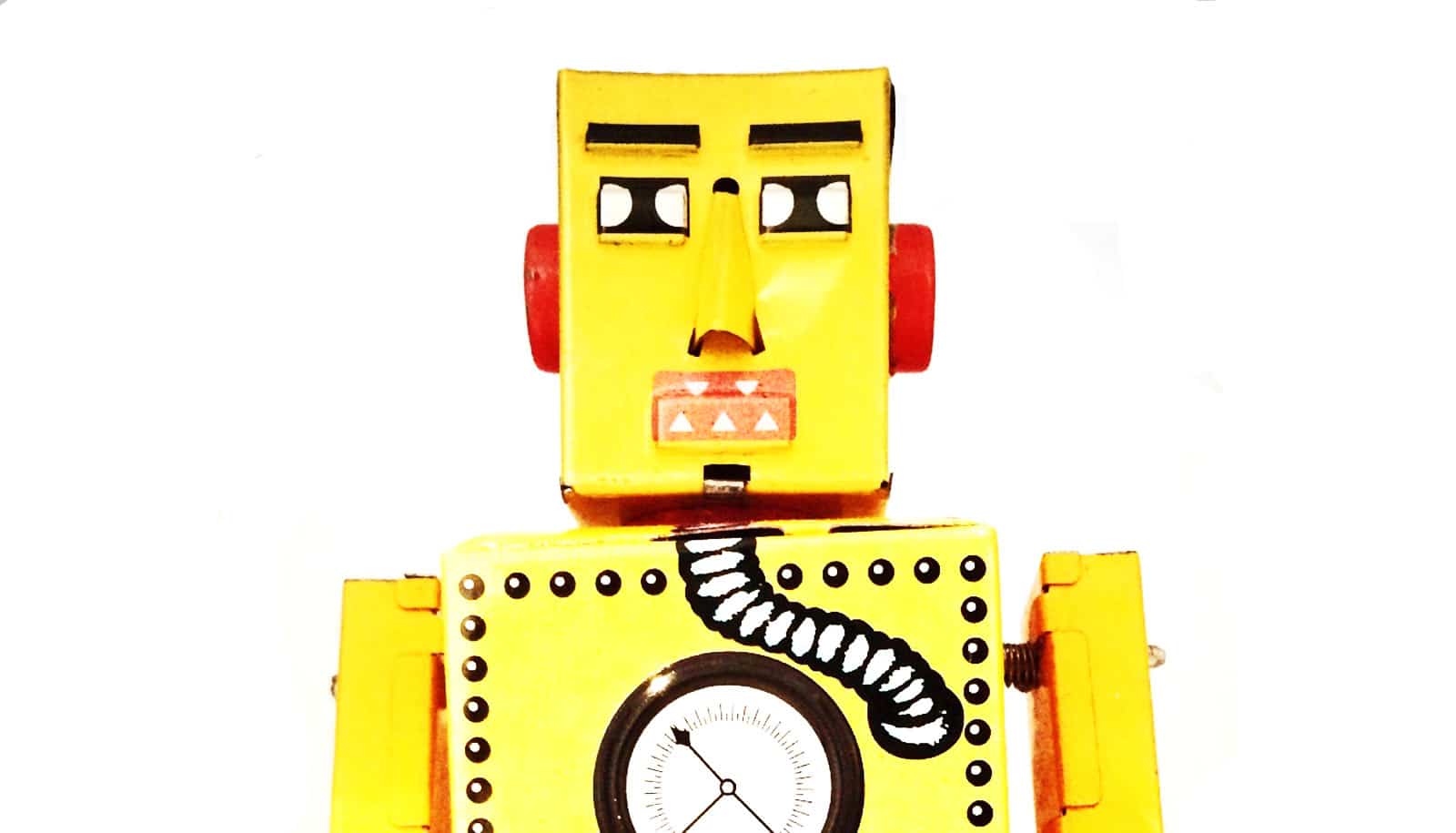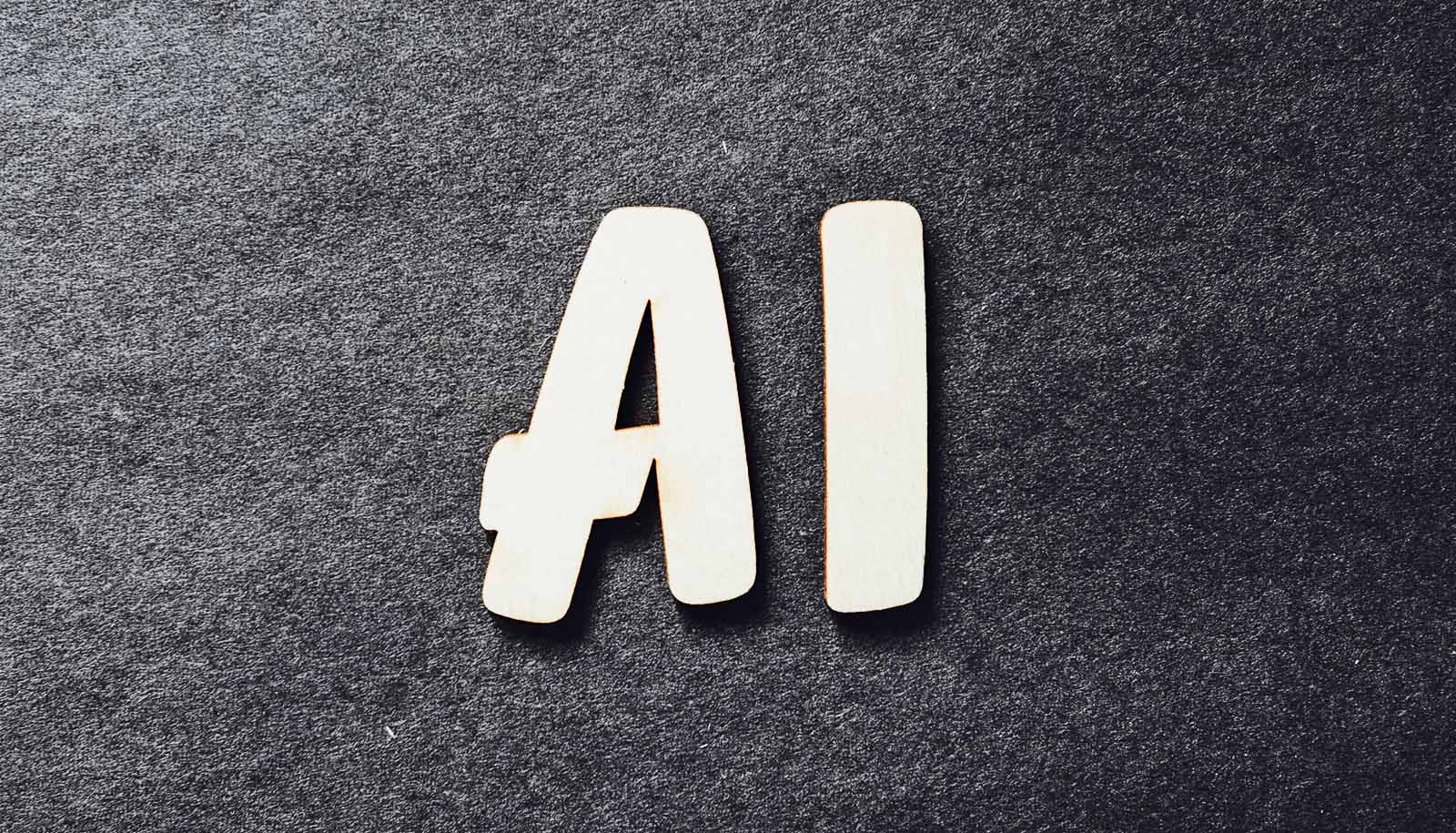In 2020, Elon Musk said artificial intelligence would surpass human intelligence within five years, on its way to becoming “an immortal dictator.” A new book says no way, not ever.
The book, Why Machines Will Never Rule the World: Artificial Intelligence without Fear (Routledge, 2022), argues against the possibility of engineering machines that can surpass human intelligence.
Coauthors are Barry Smith, professor in the philosophy department at the University at Buffalo and Jobst Landgrebe, senior research associate in the philosophy department and founder of Cognotekt, a German AI company.
Machine learning and all other working software applications—the proud accomplishments of those involved in AI research—are for Smith and Landgrebe far from anything resembling the capacity of humans. Further, they argue that any incremental progress that’s unfolding in the field of AI research will in practical terms bring it no closer to the full functioning possibility of the human brain.
Smith and Landgrebe offer a critical examination of AI’s unjustifiable projections, such as machines detaching themselves from humanity, self-replicating, and becoming “full ethical agents.” There cannot be a machine will, they say. Every single AI application rests on the intentions of human beings—including intentions to produce random outputs.
This means the Singularity, a point when AI becomes uncontrollable and irreversible (like a Skynet moment from the Terminator movie franchise) is not going to occur. Wild claims to the contrary serve only to inflate AI’s potential and distort public understanding of the technology’s nature, possibilities, and limits, they argue.
Reaching across the borders of several scientific disciplines, Smith and Landgrebe argue that the idea of a general artificial intelligence (AGI)—the ability of computers to emulate and go beyond the general intelligence of humans—rests on fundamental mathematical impossibilities that are analogous in physics to the impossibility of building a perpetual motion machine. AI that would match the general intelligence of humans is impossible because of the mathematical limits on what can be modelled and is “computable.” These limits are accepted by practically everyone working in the field; yet they have thus far failed to appreciate their consequences for what an AI can achieve.
“To overcome these barriers would require a revolution in mathematics that would be of greater significance than the invention of the calculus by Newton and Leibniz more than 350 years ago,” says Smith. “We are not holding our breath.”
Landgrebe points out that, “As can be verified by talking to mathematicians and physicists working at the limits of their respective disciplines, there is nothing even on the horizon which would suggest that a revolution of this sort might one day be achievable. Mathematics cannot fully model the behaviors of complex systems like the human organism,” he says.
AI has many highly impressive success stories, and considerable funding has gone toward advancing its frontier beyond the achievements in narrow, well-defined fields such as text translation and image recognition. Much of the investment to push the technology forward into areas requiring the machine counterpart of general intelligence may, the authors say, be money down the drain.
“The text generator GPT-3 has shown itself capable of producing different sorts of convincing outputs across many divergent fields,” says Smith. “Unfortunately, its users soon recognize that mixed in with these outputs there are also embarrassing errors, so that the convincing outputs themselves began to appear as nothing more than clever parlor tricks.”
AI’s role in sequencing the human genome led to suggestions for how it might help find cures for many human diseases; yet, after 20 years of additional research (in which both Smith and Landgrebe have participated), little has been produced to support optimism of this sort.
“In certain completely rule-determined confined settings, machine learning can be used to create algorithms that outperform humans,” says Smith. “But this does not mean that they can ‘discover’ the rules governing just any activity taking place in an open environment, which is what the human brain achieves every day.”
Technology skeptics do not, of course, have a perfect record. They’ve been wrong in regard to breakthroughs ranging from space flight to nanotechnology. But Smith and Landgrebe say their arguments are based on the mathematical implications of the theory of complex systems. For mathematical reasons, AI cannot mimic the way the human brain functions. In fact, the authors say that it’s impossible to engineer a machine that would rival the cognitive performance of a crow.
“An AGI is impossible,” says Smith. “As our book shows, there can be no general artificial intelligence because it is beyond the boundary of what is even in principle achievable by means of a machine.”
Source: University at Buffalo



